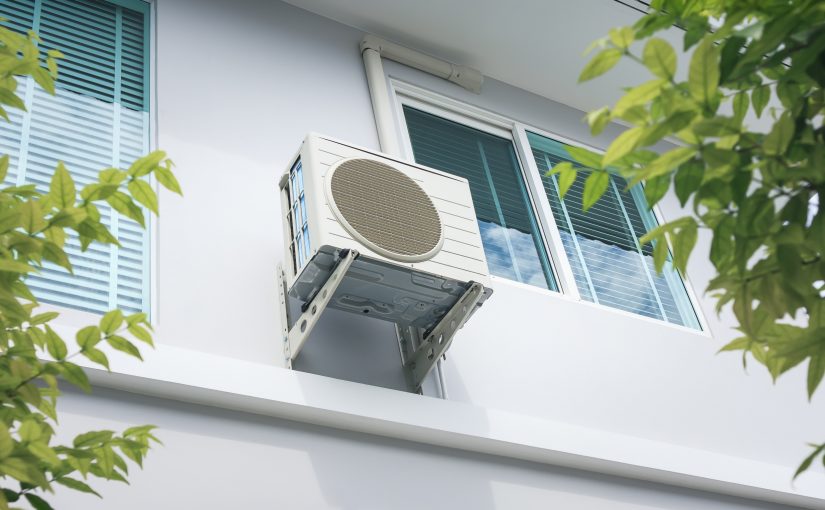As February nears its end and March is coming in quick, you may be wondering what is on the horizon for your HVAC system! There are a few things to consider when it comes to the transition of Winter and Spring, and depending on your heating/cooling system, there may be some updates or maintenance to be performed.
Remove Your Outdoor Cover
While not everyone uses a cover, and not all units need one, you should double check that your unit doesn’t have a cover on it before trying to fire it up in the Spring. Check the outside portion of your HVAC system and remove its cover if you put one on before Winter.
Replace Your Air Filters
If you haven’t done so recently, you should probably replace the air filters in your heating/cooling system. This should be done regularly, so including it as part of your de-winterizing is an easy way to make sure it gets checked off the list.
Clean Your Air Vents
It’s also a good idea to periodically clean the air vents inside your home, ensuring they don’t have a buildup of dust, debris, and other contaminants. Firing your HVAC system up for the first time in a while can kick up settled dust and allergens, and cleaning your air vents can help minimize this burst of sneeze-inducing particulates.
Clean the Area Around Your Outside Unit
Sometimes things can accumulate around the exterior portion of your HVAC system during the winter, such as branches, leaves, etc. It’s a good idea to clean the area around your system to ensure there is nothing leaning against it, blocking airflow, or otherwise touching/affecting it.
Schedule an HVAC Tune-Up and Inspection
Last but not least, you should contact your HVAC technicians to schedule a routine inspection and maintenance appointment. These experts will check your system for complications or potential upgrades and ensure you’re good to go for the hot Summer months that come soon after Spring. Air Handlers has many talented HVAC experts who would be happy to help prepare you for the new year, so give us a call and schedule your appointment today!



